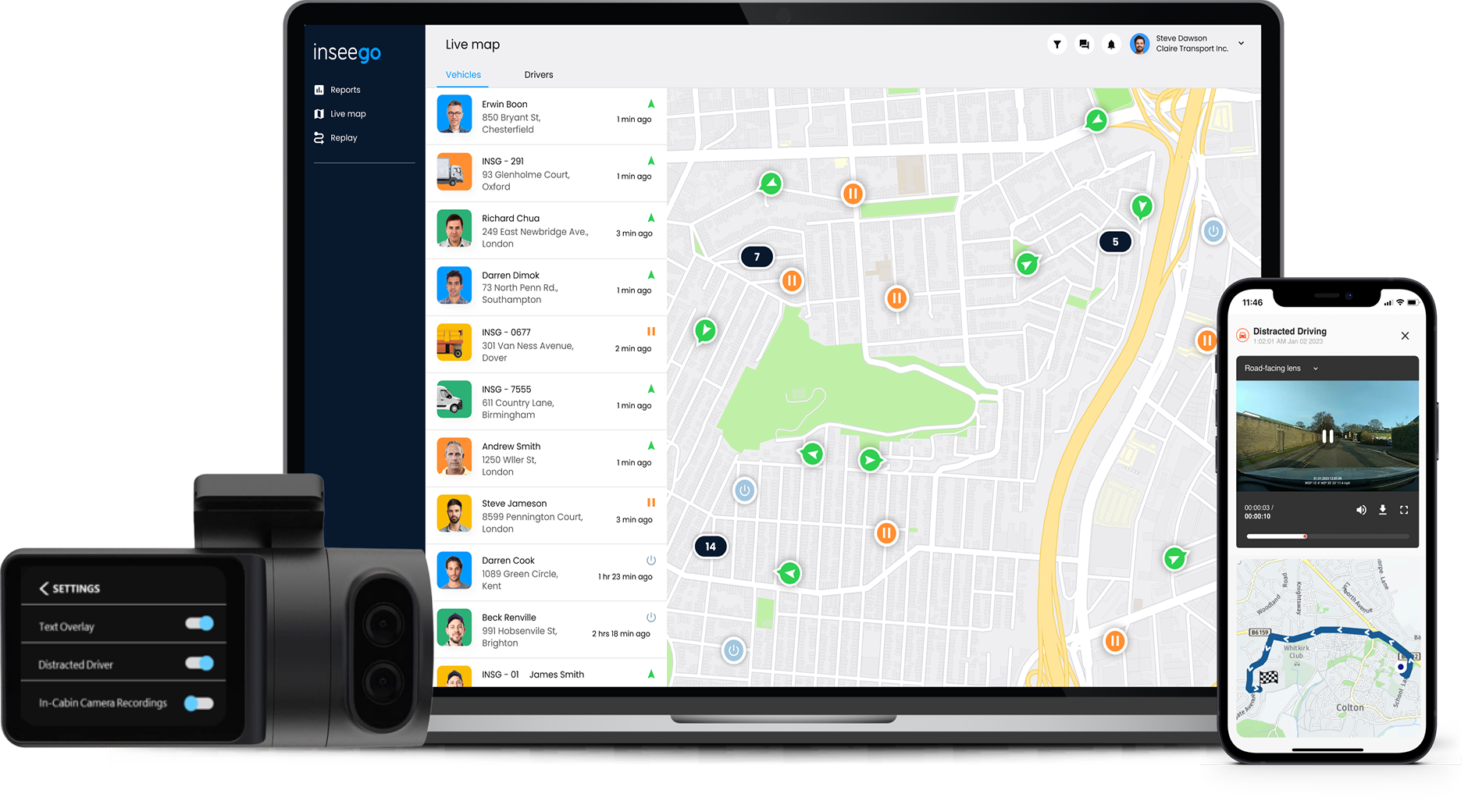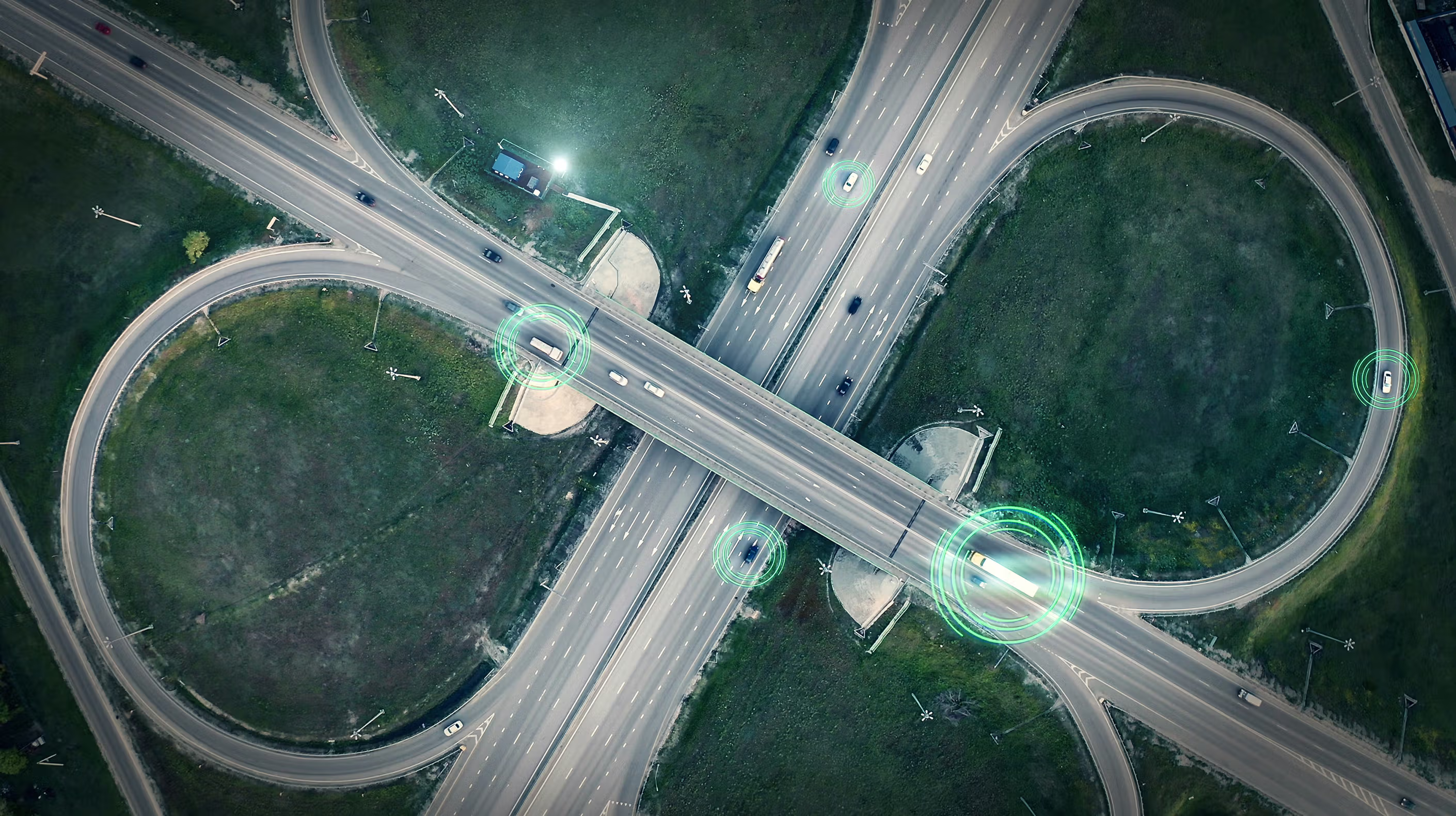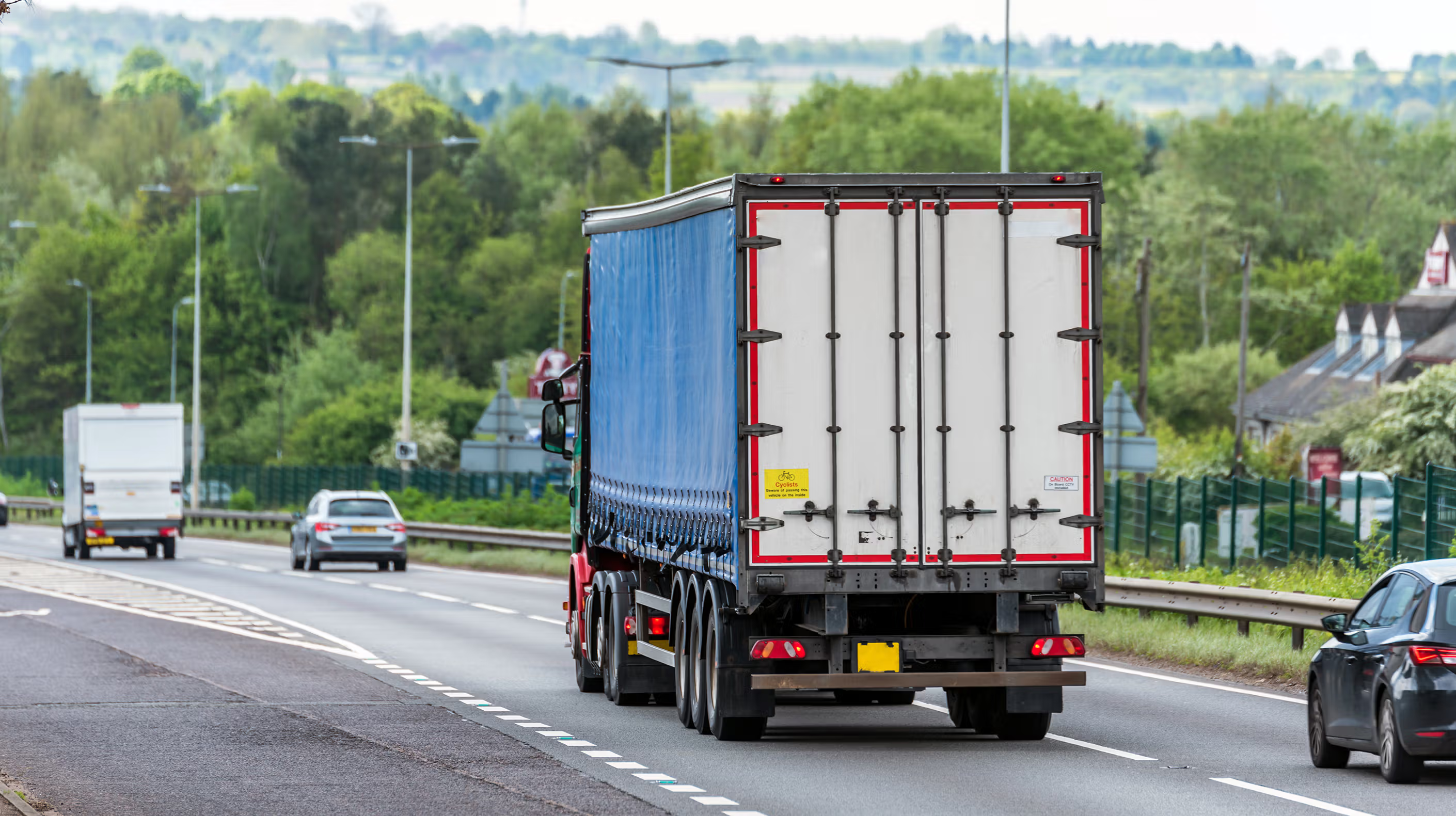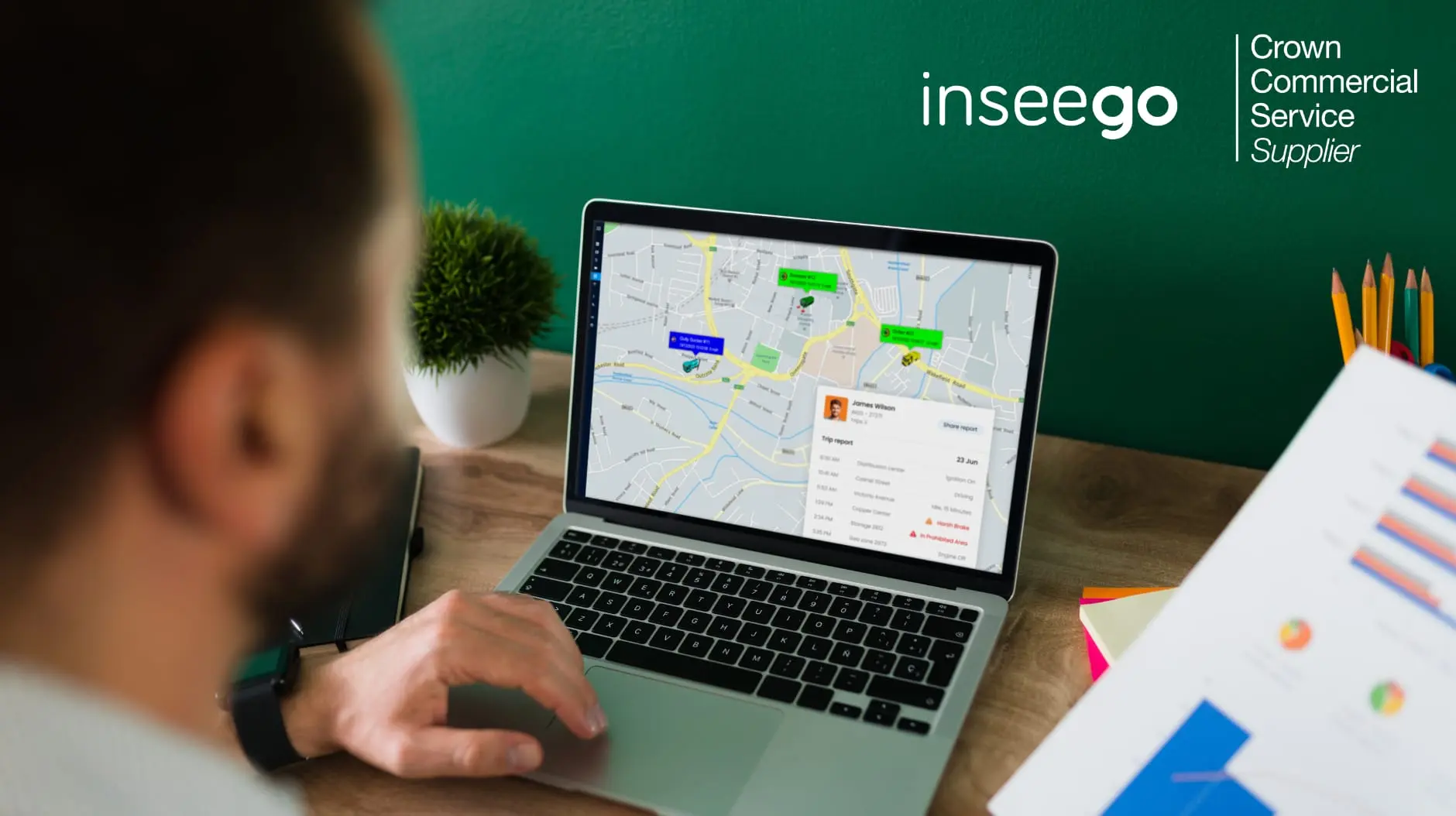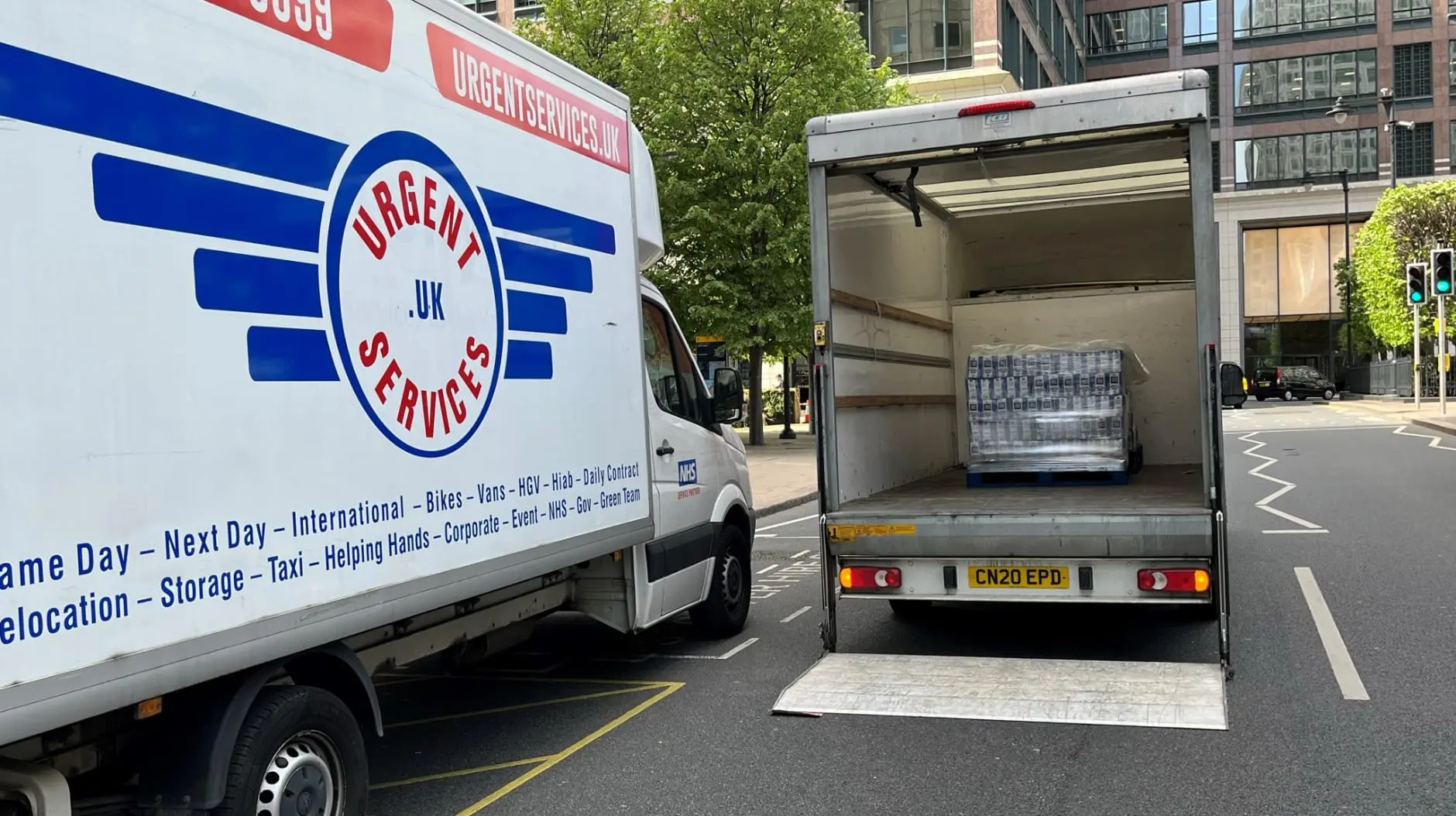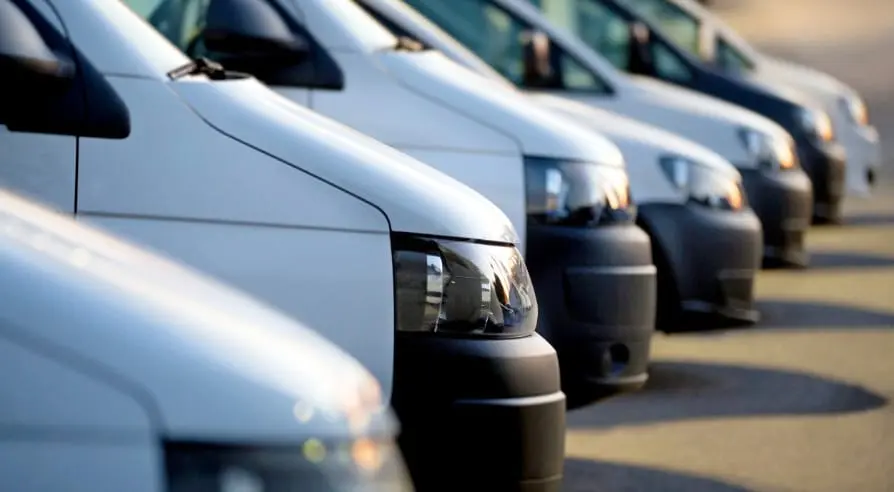Also in this category
View more in Vehicle & Equipment ManagementVehicle & Equipment Management
The Advantages and Disadvantages of Fleet Electrification
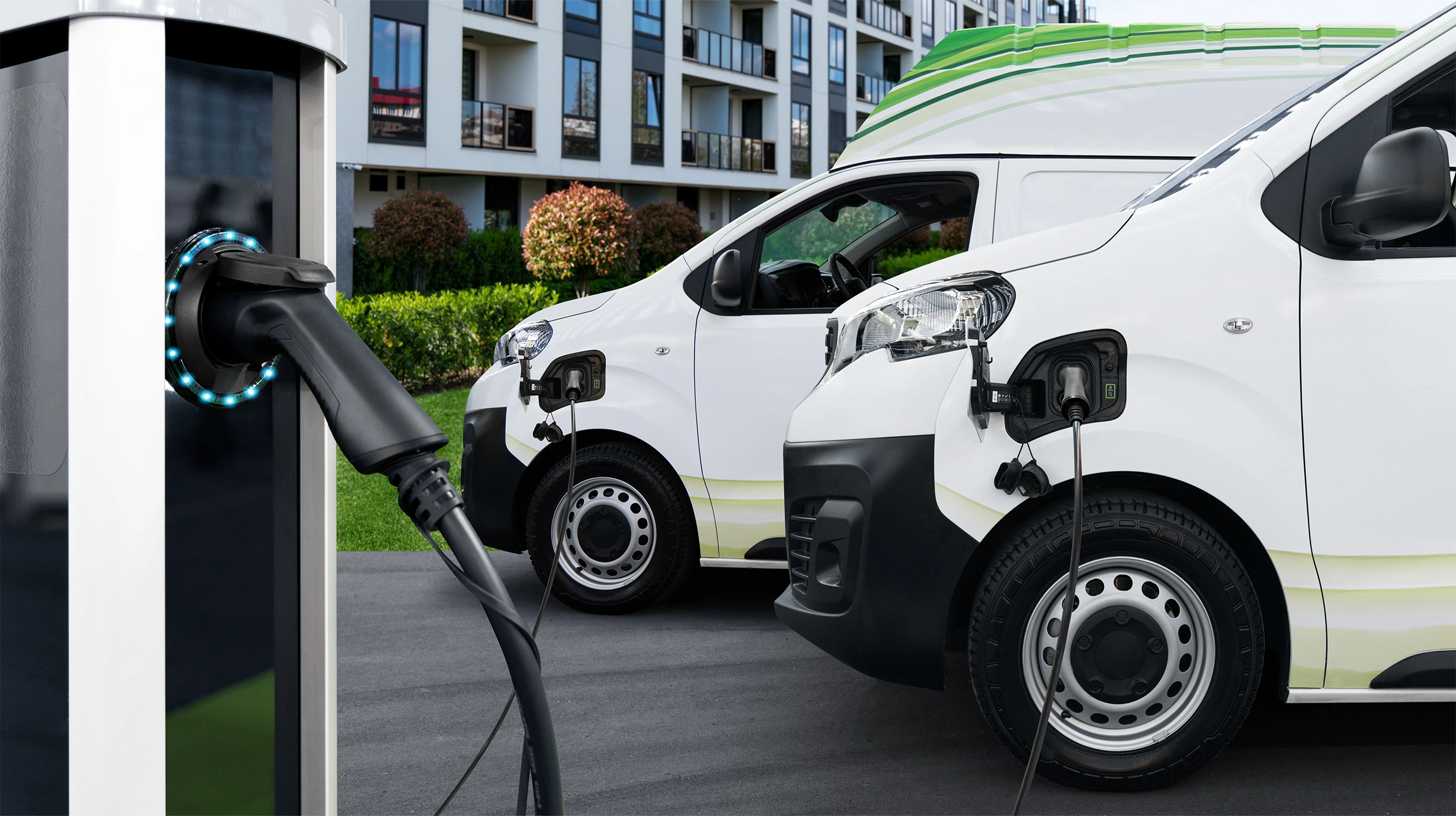
Transport is one of the biggest sources of carbon dioxide (CO2) emissions in the United Kingdom, exacerbating the effects of climate change. The government has set a goal of reaching net zero emissions by 2050 in a bid to slow down the effects of global warming and protect the environment.
In this article, discover the meaning of fleet electrification and learn about its advantages and disadvantages.
What is fleet electrification and why is it important?
‘Electrification’ is the process of switching utilities from burning fossil fuels (which emit harmful greenhouse gas emissions into the atmosphere) to electricity, a renewable and sustainable energy source. Commercial fleet electrification is when a company transitions its fleet from vehicles with internal combustion engines (‘ICE vehicles’), to electric vehicles.
What are the advantages of fleet electrification?
It lowers your carbon footprint
The electrification of your fleet can significantly lower your CO2 emissions, improve air quality, decrease air pollution, and ultimately make your fleet management operations much fleet management operations a lot safer for the environment.
Lower running costs
Electric vehicles have fewer moving parts, meaning there is less chance of wear and tear - which lowers the ongoing maintenance costs. Fuel costs are also lowered because electricity is considerably cheaper than petrol and diesel.
Electric fleets are more reliable
As electric vehicles have fewer mechanical parts, they are more reliable than vehicles with internal combustion engines and therefore less likely to break down.
Improve your bottom line
Fleet electrification allows you to save money on fuel, maintenance, and running costs, which leads to an increase in your overall profit – also known as improving your bottom line.
Government grants
The Department of Transport introduced the plug-in car grant (valid until 31st March 2023) offering financial incentives to encourage people to buy electric vehicles and promote environmental sustainability. If the vehicle costs no more than £32,000, you can claim up to £1,500 off the price.
What are the disadvantages of fleet electrification?
High initial costs
Implementing a fleet electrification strategy involves replacing all the cars in your fleet and installing charging points, which can be a big expense for your company and considerably more costly than implementing ICE vehicles. However, the savings you make on running and maintenance costs can make up for this initial expense and provide a strong return on your investment.
Lack of charging infrastructure
Although the number of charging stations is increasing throughout the country, there is still a shortage – especially when travelling through rural areas.
How Inseego’s telematic solutions can help
Our flexible telematic solutions can help you manage your vehicles and keep your drivers safe if you're considering commercial fleet electrification, our flexible telematic solutions can help you manage your vehicles and keep your drivers safe.
Our telematics systems and dashboards provide real-time diagnostics to monitor your ICE fleet and identify which parts of your fleet you could introduce electric vehicles too. You could also use our high-quality, high-tech smart route optimisation technology to assess your journeys and work out the best locations to install vehicle charging points.
Discover our GPS Fleet Tracking Software >
Get in touch with our experts to find out more
With over 35 years of experience in the telematics industry, our experts can help you and your company contribute to a greener future.
